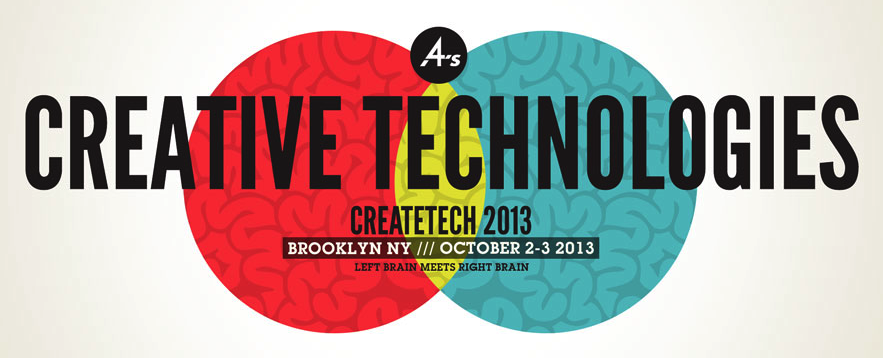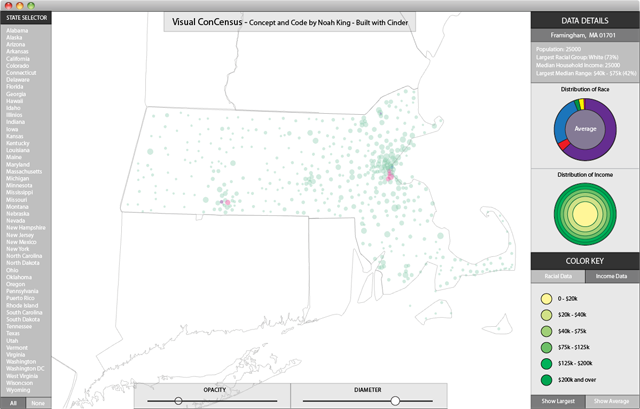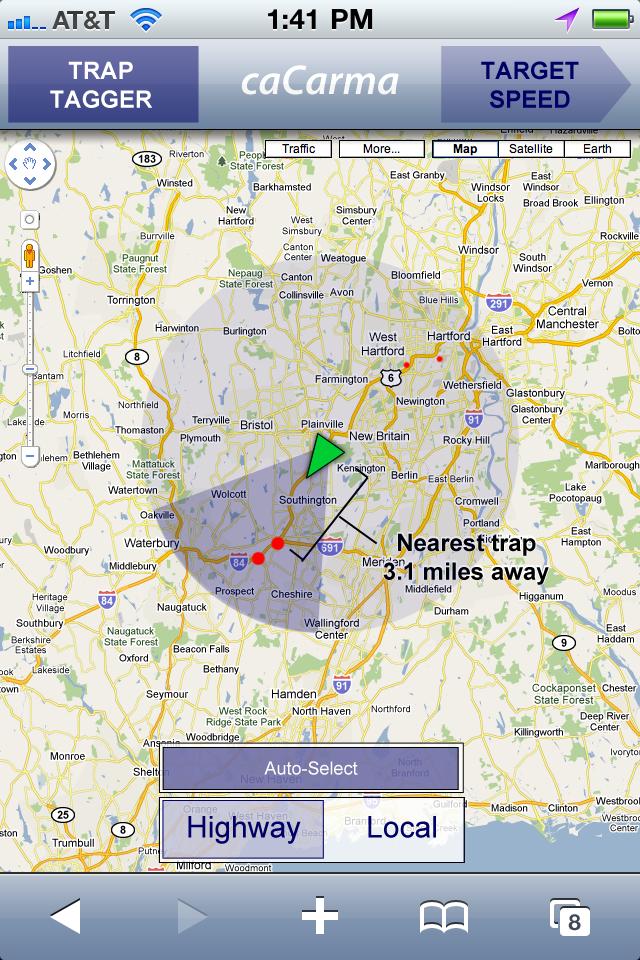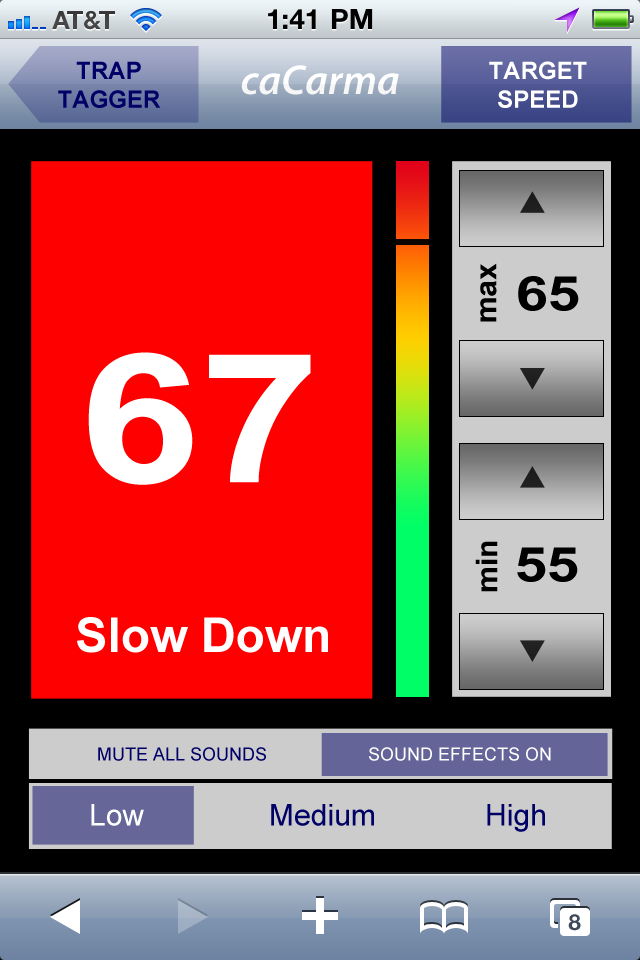Trunk Club’s Brilliant Failure (7/22/2015)
Trunk Club is a brilliant idea. Explain the concept to just about any guy, and you’ve got their attention. That’s why countless men have signed up and the company displays many of the markings of a successful startup: mass adoption, ongoing investment, big name acquisition, incredible reputation, countless copycats, and solid, consistent PR.
But who actually needs Trunk Club? As it turns out, no one.
They’ve claimed to have solved a big problem: helping men shop. They pair you with a stylist, solving for men with bad taste. They help you discover new brands and new styles, solving for the potentially stale wardrobe. They make it really easy to return items you don’t want, solving for men who are time constrained. And best of all, the first Trunk you receive is like Christmas morning, delivering sheer joy to its recipient. But similar to the credit card statement you get the week after Christmas, Trunk Club is insanely expensive and not worth repeating month after month, putting its intended subscription model in jeopardy.
The minds behind trunk Club missed something fundamental about their target audience. Most men find something they like and then get the same thing in lots of variations. And once you’ve discovered your new favorite shirt or new favorite brand, you don’t just want to get more in different colors or patterns, but you want to do so at the lowest price possible.
Trunk Club helped me discover my favorite shirt, the incredibly flattering, impossibly soft, and extremely comfortable v-neck t-shirts made by Velvet Men. I was so happy to discover these shirts that I was willing to pay $60 for my first one. But then when I wanted to buy 5 more, I found them for half as much elsewhere online. Future Trunks introduced other new products, but I had already found my new favorite.
This brings up a key point in product marketing: discovery and re-engagement are two unique phases, both of which are extremely important to long-term success. The most successful brands have loyal customers who want to continue to engage, purchase, and recommend time and time again. Trunk Club is brilliant when it comes to discovery. But the Truck Club discovery experience isn’t worth repeating. It costs too much. And the thrill of discovery quickly fades away, leaving you with too many new clothes, new options, and returned Trunks.
Trunk Club’s designer-clothes-at-full-price model is actually quite fair and appropriate for their concierge experience. They deserve to make a handsome profit to compensate for their valuable service of discovery. But why not then offer a second service that lets you buy more of the items you like at a competitive price? Until they figure out how to retain customers and provide an ongoing positive experience, Trunk Club will remain stuck in an unending acquisition cycle. My colleague Jamie Scheu describes this problem as being stuck on a treadmill. Once you get on, you can’t ever get off. Whether that treadmill is being fueled by ongoing paid media, ongoing new product launches, ongoing publicity events, or ongoing store expansions, it’s a very expensive situation to be in.
Trunk Club could have avoided this problem by doing two things: better defining their core target audience and then creating an experience that builds upon, aligns with, or improves the existing behavior of that target. Their current target is a nonexistent, oxymoron of a guy. Someone who is digitally savvy enough to be an early adopter to their service, but not savvy enough to conduct competitive online shopping; someone who loves clothes enough to want to spend big money each month on new clothes, but doesn’t love clothes enough to have their own sense of style and taste; and someone who wants to discover something new, but then wants to re-invent themselves again and again each month. So they’ve been catering to a very rare breed of man: the guy with bad taste who is constantly reinventing himself and has unlimited resources to do so. I’m sure that guy exists somewhere, but there’s not enough of him to drive sustained growth and ongoing business health.
Within Marketing, most brands ask for help attracting more new customers. If your brand has an impassioned core of users who regularly re-engage, its true that you have a discovery issue and acquisition/awareness marketing will likely help drive your growth and success. But if your brand is struggling to find its core audience and keep them loyal, all the new customers in the world aren’t going to help fix your re-engagement problem and drive long-term brand health. Trunk Club may have convinced themselves and their investors that their innovative experience is the next big thing, but in reality they’re just another brand with a product problem, stuck on the new customer treadmill.








